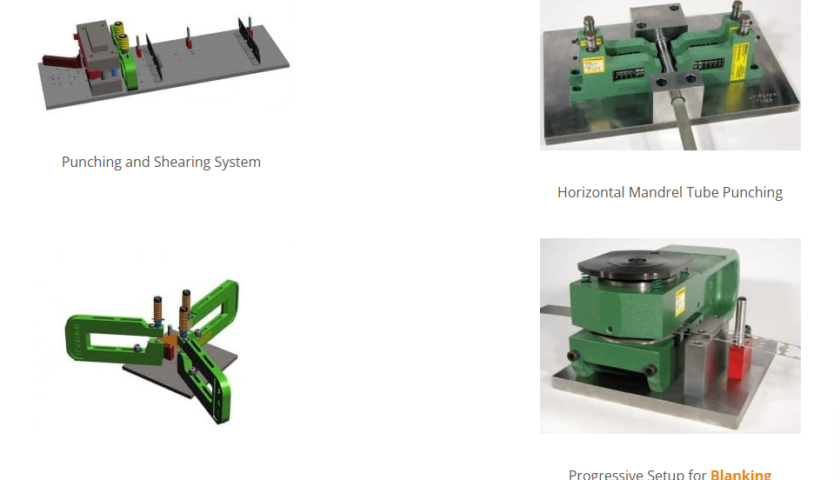Webinars have developed as a strong tool for engaging your audience, generating leads, and establishing your brand’s authority in the ever-changing field of digital marketing. Creating a successful webinar marketing strategy might be a game changer for your company. In this blog article, we’ll walk you through the steps of developing a webinar marketing plan that will have a long-term impact.
Creating a Marketing Webinar Plan
Define Your Objectives and Audience
You must clearly establish your goals before developing a webinar marketing strategy. Do you want to generate leads, sell a product, or develop thought leadership? Knowing your goals will direct the remainder of your planning. Determine your target audience. Who do you want to reach out to with your webinar? Understanding your target audience’s pain points and interests can allow you to better personalize your content and marketing approach.
Creating Interesting Content
The material is at the heart of each successful webinar. To keep your audience interested, you must deliver value. Here are some content suggestions for creating a webinar marketing plan:
- Presentations for education
- Interviews with experts or panel discussions
- Product demonstrations or launches
- Question and answer sessions
This webinar plan for marketing can help you to attract an audience. Remember to organize your information logically and engagingly. Enhance your presentation using graphics such as slides or movies.
Publicizing Your Webinar
No matter how good your webinar is, it will fail unless it is well-promoted. Here are some ideas for creating a webinar marketing strategy:
- Develop a landing page: Create a separate landing page for your webinar. Include a registration form as well as important event information.
- Email marketing: Send promotional emails to your current list. Make use of captivating subject lines and unambiguous calls to action.
- Share teaser: Share teaser information about your webinar on social media networks such as Facebook, Twitter, LinkedIn, and Instagram. To enhance exposure, use relevant hashtags.
- Collaboration with influencers: Work with influencers or industry professionals to co-promote your webinar to their audiences.
- Paid advertising: To reach a larger audience, consider employing paid advertising on sites such as Google Ads or Facebook Ads.
Iteration and Impact Measuring
Following the conclusion of your webinar, evaluate its effect using indicators such as registration rates, attendance rates, and audience engagement. Collect participant input to acquire insights for future improvements. Creating a webinar marketing strategy is a continuous effort. Refine your webinar plan for marketing for future events based on the data and comments from prior webinars. Adapt and experiment on a regular basis to improve your webinar marketing efforts.
Choosing the Appropriate Duration and Timing
Consider the best length for your webinar. Webinars typically take 30 minutes to 1.5 hours, depending on the intricacy of the content and the amount of involvement of your audience. Make sure your content fits comfortably inside the time range you’ve chosen. Take note of the date and time of your webinar. Plan it for when your target audience is most likely to be available. If your audience is international, consider time zones and employ scheduling tools to accommodate a larger range of participation.
Keeping Your Audience’s Attention
Engagement is essential for a successful webinar. Consider the following strategies to keep your audience engaged and participating: Incorporate interactive components like as polls, quizzes, and surveys to engage your audience and collect useful data.
- Live chat and Q&A: During the webinar, encourage attendees to ask questions and communicate with one another. Choose a reliable platform for webinars that offer engagement features.
- Gamification: Use gamification components such as challenges and prizes to make the experience more enjoyable and competitive.
- Graphics and multimedia: To illustrate your arguments and keep attention, use captivating graphics, animations, and video clips.
Rehearsal and Technical Preparation
Conduct a thorough rehearsal before going live to ensure that everything works well. Examine your equipment, such as your microphone, camera, and internet connection. Check that your presentations and multimedia features are working properly. Delegate technical issues and audience involvement to a moderator or co-host, allowing you to focus on presenting your topic efficiently.
Follow-Up After the Webinar
Your marketing efforts should not end after the webinar. Consider the following post-webinar activities:
- Emails of gratitude: Send guests individual thank-you letters and provide them access to the webinar tape or presentation slides.
- Material repurposing: To broaden the reach of your webinar material, convert it into blog posts, infographics, or social media snippets.
- Engage: Lead nurturing is continuing to engage with participants by providing extra materials, special offers, or invites to subsequent webinars.
- Feedback and analysis: Use surveys to collect feedback from attendees in order to discover areas for improvement in future webinars.
Strategies for Monetization
Consider the following monetization options if your webinar marketing strategy includes generating revenue:
- Paid webinars: Fees are charged for access to premium information, special resources, or expert-led sessions.
- Upsell and cross-sell: Promote complimentary items or services throughout the webinar, providing attendees with special discounts or incentives.
- Sponsorships: In return for visibility or promotional possibilities, partner with relevant firms to sponsor your webinar.
- Affiliate marketing: During the webinar, promote affiliate products or services and earn a commission on each sale produced through your referral links.
Testimonials and Social Proof
Incorporate social proof into your webinar marketing strategy to increase trust and credibility:
- Showcase good comments and success stories from prior webinar registrants in the form of participant testimonials.
- Influencer endorsements: Ask significant industry contacts for endorsements or guest appearances.
- Statistics and case studies: Provide facts and real-life examples to demonstrate the usefulness of your webinar material.
Continuous Enhancement
Creating a webinar marketing strategy is a continuous effort. Refine your Webinar plan for marketing based on the data and comments from prior webinars. Adapt and experiment on a regular basis to improve your webinar marketing efforts.
Conclusion
Making a webinar marketing strategy that works from concept to effect involves significant thought and execution. A good approach includes selecting the correct platform, outlining your goals, creating interesting content, effective promotion, and ongoing development. With the correct technique, webinars may become a great instrument in your digital marketing toolbox, assisting you in engaging your audience and achieving your marketing goals.





